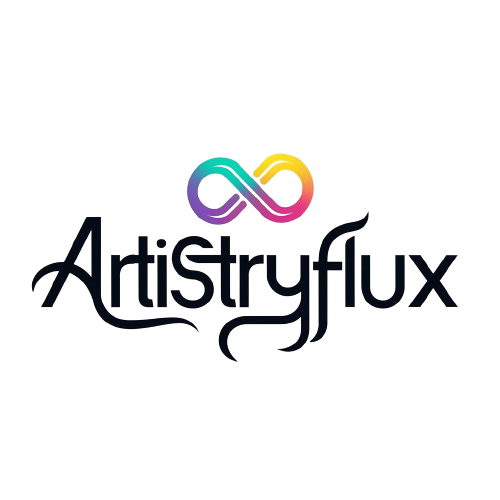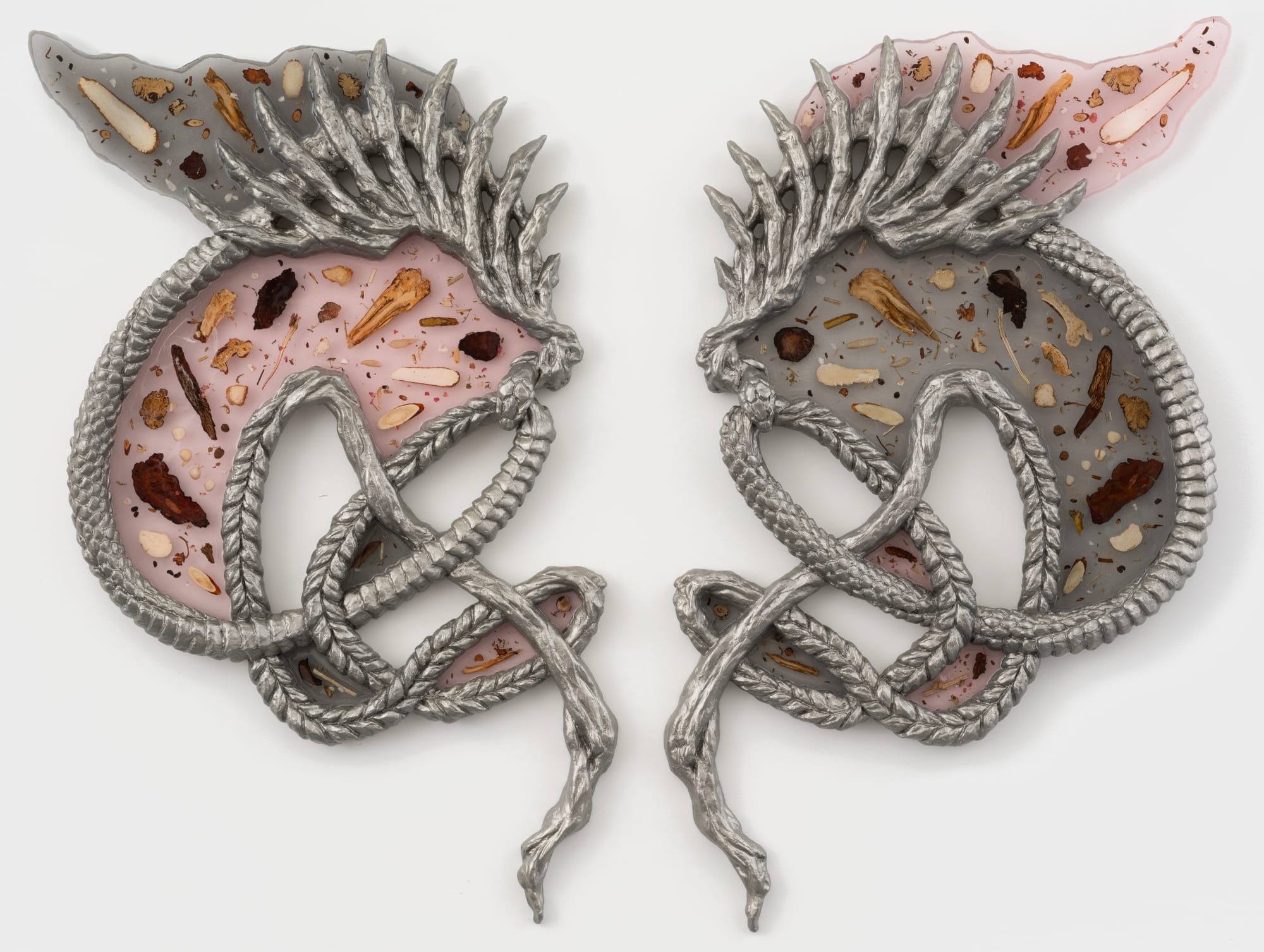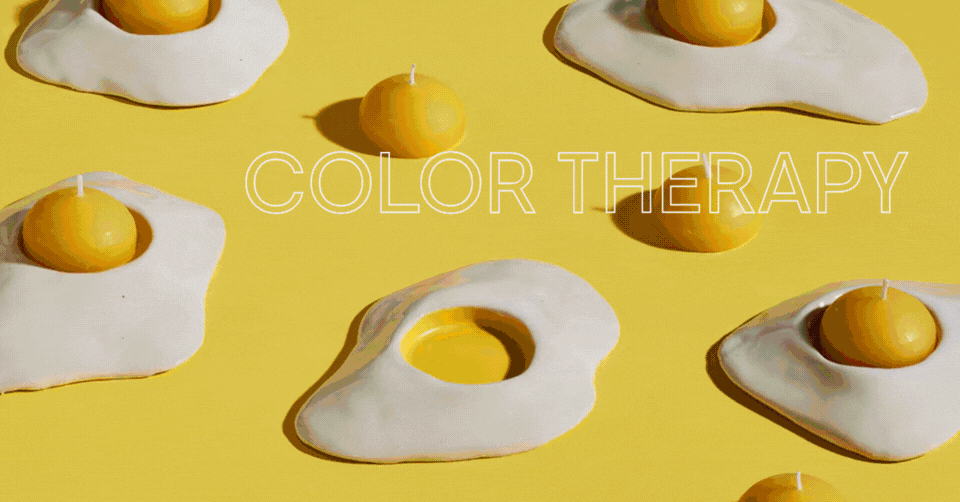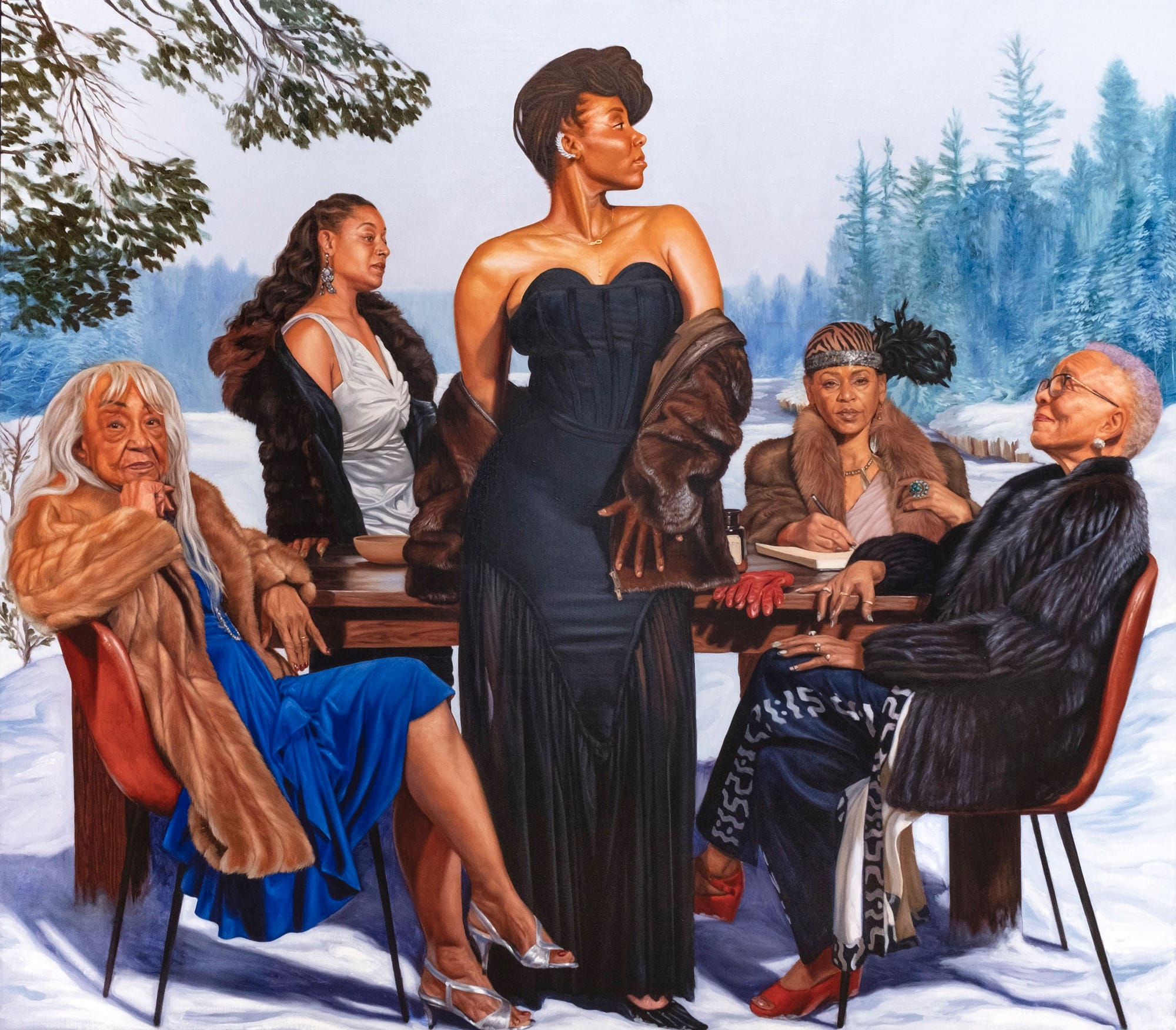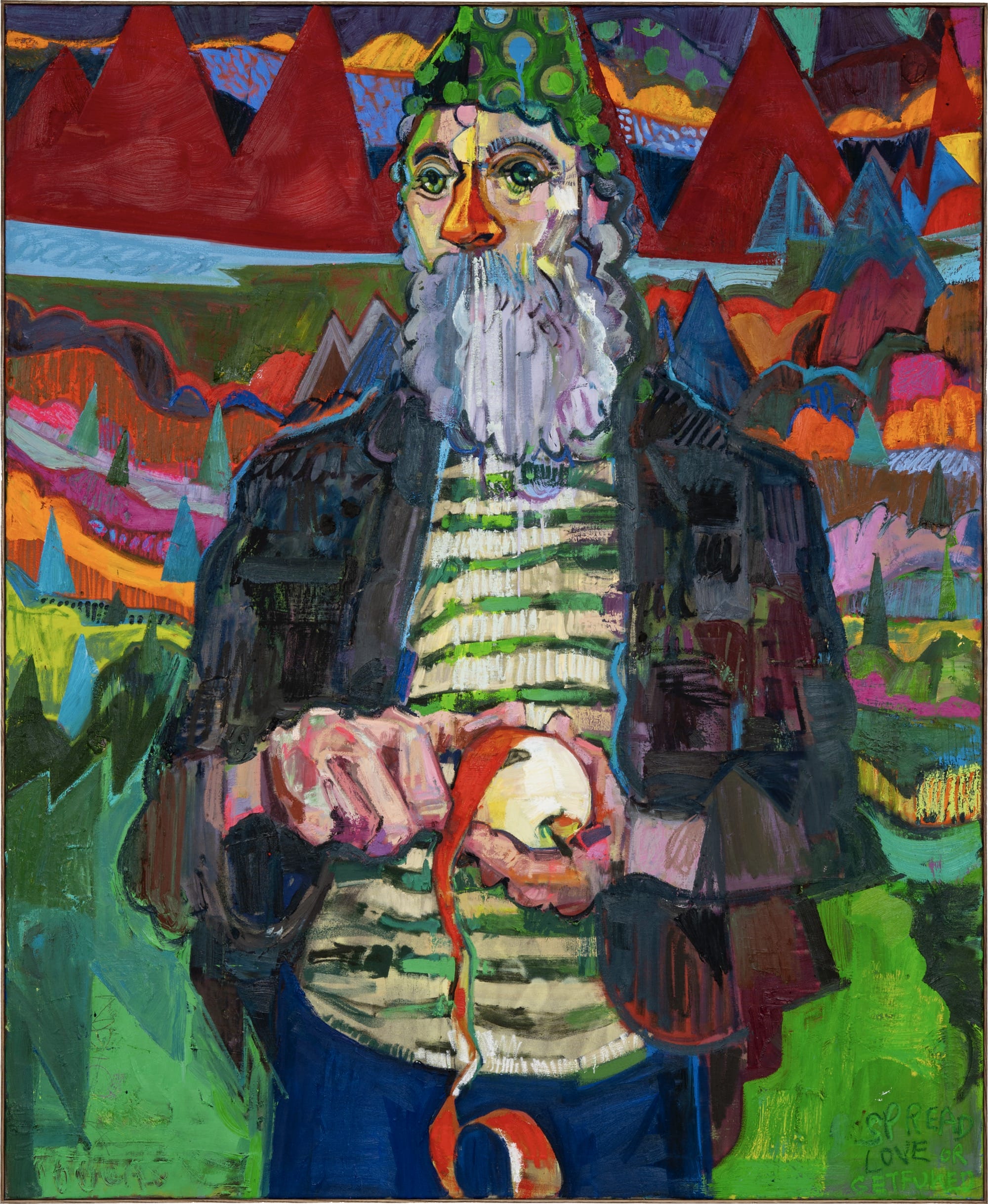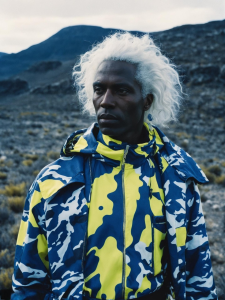“In traditional Chinese medicine, treatments are prescribed through dialogue—how well one can communicate internal pain becomes a condition for healing,” says Wen Liu. Particularly difficult in moments of agony and discomfort, accurately describing our bodily sensations is essential for receiving treatment, and yet, as Liu points out, it’s also an act of translation that can feel nearly impossible while suffering and speaking a second or third language.
The Shanghai-born artist, who is now based in Brooklyn, draws on this reality for her sculptural works that suspend dried herbs in tinted resin. Liu began incorporating these natural prescriptions into her practice when her father died “as a way to metabolize grief and explore healing through cultural connection,” she adds.

Painted in pale purples and greens or silver, the molded-clay structures are architectural and skeletal, while the herbal portions evoke both stained-glass windows often seen in churches and cathedrals and vulnerable membranes of the body. Many works are affixed to the wall, although the human-sized “In Light, Where Edges Yield” stands freely on four legs with a spinal column at its center.
Liu is intrigued by the way light filters through these surfaces and appears on the other side as a sacred, distorted beam of color. “This refracted illumination offers a sensory language beyond speech, mirroring the project’s exploration of emotions like grief, the processes of healing, and the inadequacy of language in capturing lived experience,” she adds.
Continually mixing Eastern and Western traditions, Liu instills a sense of harmony and balance in her works. She gravitates toward symmetry and presents her sculptures almost like a Rorschach test, inviting viewers into a delicate dialogue of healing.
Antidote is on view through June 21 at Gaa Gallery in New York. Liu is currently working toward an exhibition opening this month at Tang Contemporary Art Beijing, and you can explore more on her website and Instagram. (via Young Space)






